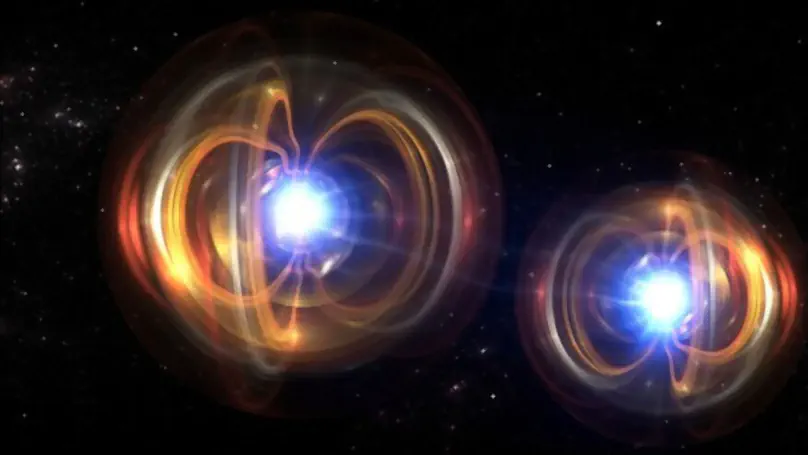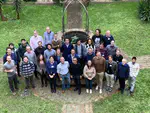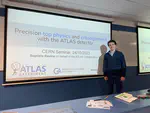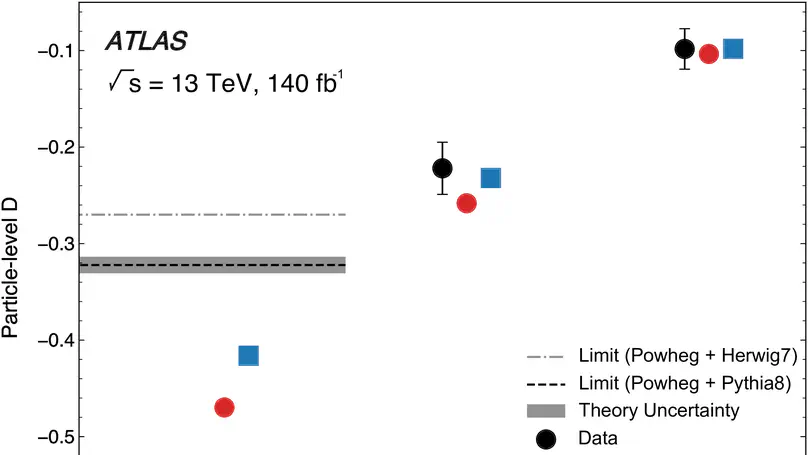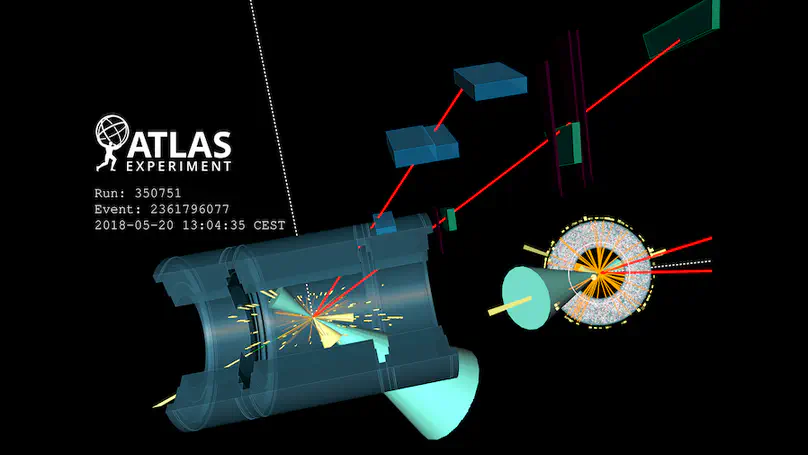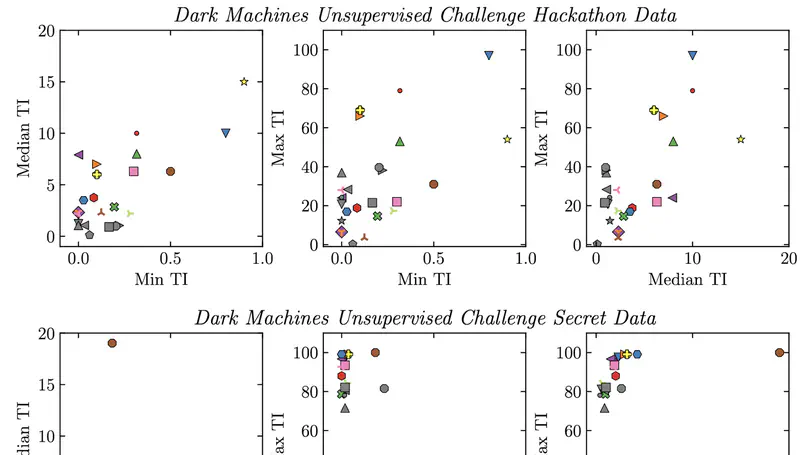Particle physics. Machine learning. ATLAS.
I am a Fellow of the Alexander von Humboldt Foundation, hosted by the University of Göttingen. My research focuses on searching for new physics at the Large Hadron Collider with the ATLAS experiment, using precision measurements of the top quark and machine learning tools.
PhD in Experimental Particle Physics, 2020
University of Sheffield (UK)
Part III Maths, 2016
University of Cambridge, DAMTP (UK)
BSc in Physics & Philosophy, 2015
King's College London (UK)
- psychology Machine Learning
- insights Likelihood-free Inference
- filter_tilt_shift Anomaly detection
- blur_on Effective Field Theory
- join_inner Quantum entanglement
Experience
My research focuses on the electroweak couplings of the top quark: $t\bar{t}Z$, $tZq$, $tWZ$ and $t\bar{t}\gamma$. Besides my contributions to the measurement of these Standard Model processes with the ATLAS experiment, I lead their interpretation in the framework of Effective Field Theory. With colleagues from the CMS collaboration, I am preparing the very first cross-experiment combination of top+X results. Last but not least, I am studying quantum entanglement and the violation of Bell’s inequalities in top quarks and Higgs bosons.
Other responsibilities include:
I led the legacy $t\bar{t}Z$ ATLAS measurement and contributed to the first measurement of the $t\bar{t}$ spin density matrix with the full Run 2 dataset; for both analyses, I developed an extensive Effective Field Theory fitting framework in the Julia language. I was also involved in background estimations for a combination of Dark Matter searches with $t\bar{t}+E_\mathrm{T}^\mathrm{miss}$ signatures, as well as prototyping an auto-encoder for an Anomaly Detection based search for new physics.
Other responsibilities included:
- Supervision of MSc and PhD students
- Summarising ATLAS and CMS $t\bar{t}+X$ results for the LHC Top working group
- Supporting the ATLAS Top group in Monte Carlo generation
- Acting as ATLAS Trigger online expert and online release coordinator
- Funding assistance for UK HEP workshops
- Organisation of the yearly Astrophysics + HEP conference
- Liaison with UK students
- Outreach activities
Recent &
Upcoming Talks
Featured Publications
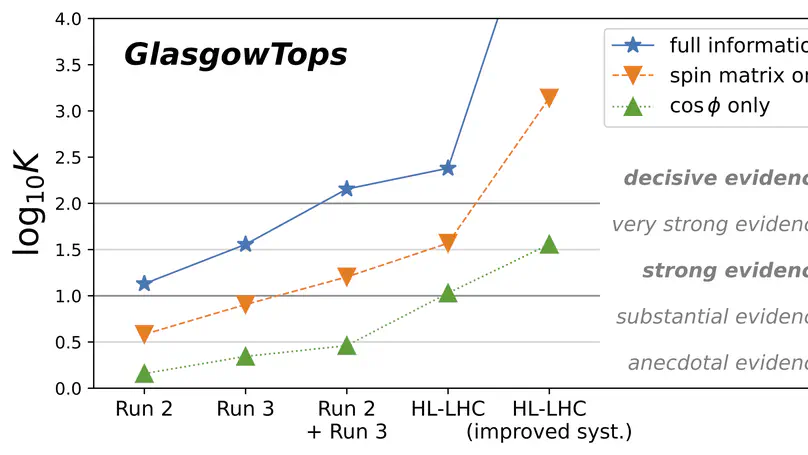
Spin correlations between the top quarks in the $t\bar{t}Z$ process are sensitive to new physics. In this phenomenological paper, I predict their values according to the Standard Model, go beyond it with Effective Field Theory, and show that, while a very challenging experimental measurement, there is a case for performing this analysis already with the LHC Run 2 dataset.
Recent Publications
Get in touch
- baptiste.ravina@cern.ch
-
II. Physikalisches Institut
Friedrich-Hund-Platz 1
Göttingen, D-37077
Germany - Office D.01.121
- DM Me
- Skype Me

